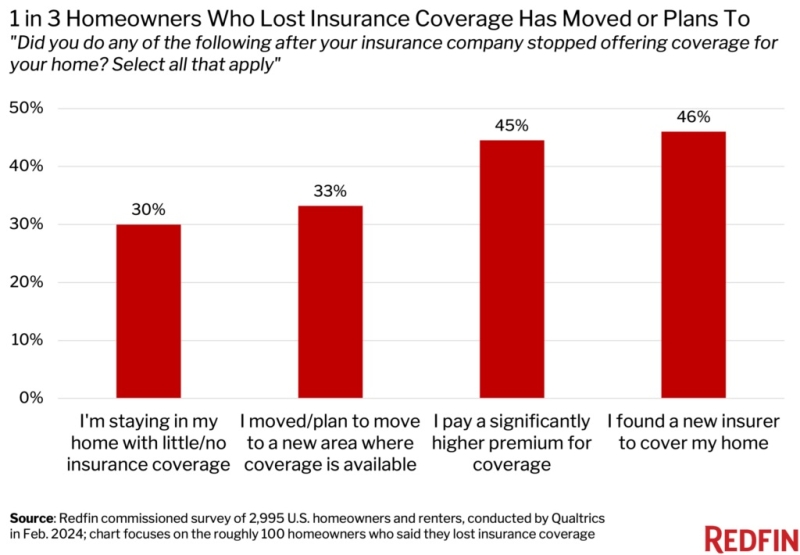Advertisement
The hungry account executive: Part IV
MBA study shows government-insured share of mortgage applications for July tripled in the past yearMortgagePress.comMBA, Weekly Mortgage Applications Survey, government-insured loans, GSEs
The government-insured share of mortgage applications tripled in
the past year according to data from the Mortgage Bankers
Association's (MBA) Weekly Mortgage Applications Survey. Of all
mortgage applications accepted during the month of July 2008, 29.1
percent were for government-insured loans (consisting of mostly FHA
loans) compared to 8.4 percent in July 2007.
The government-insured share has been increasing since February
2007 and only since the beginning of this year, has the share
exhibited significant increases; up from 9.4 percent in January.
Since the MBA survey's inception in January 1990, the lowest
recorded share was 5.8 percent in August 2005 and the highest was
43.8 percent in February 1990.
There are several reasons why government-insured loans,
specifically FHA, have an increased presence in the market:
• In March of this year, the Economic Stimulus Act of 2008
temporarily raised the FHA and conforming loan limits for most
areas in the country, which broadened FHA financing for more
borrowers. The passage of the Housing Bill in July 2008 made these
higher loan limits permanent.
• Data from the U.S. Department of Housing and Urban
Development (HUD) show that the level of conventional to FHA
refinance applications has increased 317 percent on a year over
year basis in July, the bulk of which is likely from subprime ARM
products. Similarly, the level of conventional to FHA refinance
endorsements has increased 260.8 percent on a year over year basis.
Based on the MBA survey, application volume for government-insured
loans was up 133.9 percent in July from a year ago, while
application volume for conventional loans was down 50.2 percent,
evidence of a shift from conventional to government-insured
mortgages.
• FHA loans typically have lower down payments than those
offered by Fannie Mae and Freddie Mac. Generally the maximum loan
to value (LTV) ratio for FHA loans is 97 percent and 95 percent for
the Government Sponsored Enterprises (GSEs).
• Conventional GSE loans typically have higher credit
score requirements than FHA loans.
The higher application and endorsement activity for
government-insured loans highlights the need for FHA
modernization.
For more information, visit www.mortgagebankers.org.
About the author





